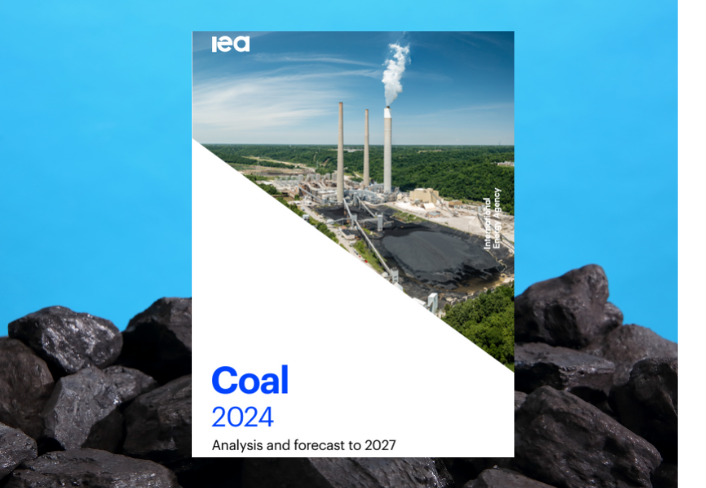
Rising energy demand in Southeast Asia to be met and supported by coal
World Coal Association
Last week the International Energy Agency (IEA) released its semi-annual Southeast Asia Energy Outlook report which outlines the latest insights into the regions energy future.
With almost a tenth of the worlds population living in SE Asia, a rapidly developing industrial base and growing consumer class, it is unsurprising that there has been an increase in demand for energy.
This demand is currently increasing at twice the global average and the report summarises that over the next 20 years SE Asia is on track to become a major influencer on global energy trends.
Rise in coal-fired generation
The reports Stated Policies Scenario (SPS) projects that by 2040 Southeast Asias energy demand will have increased by 60%, which will represent 12% of the projected global rise in energy use.
Coal is favoured in the region for its low-generation costs it plays a crucial part in securing access to affordable energy in many countries to provide security and underpin economic development.†(IEA).
Coal plays a vital role not only in electricity generation in the region but also for steel and cement production, all critical in enabling governments to lift their populations out of poverty.
Demand for steel and the metallurgical coal that is key to steel production will be driven by growth in construction and the manufacturing sector. The IEA highlights that in Viet Nam, a steel maker plans to almost quadruple its annual crude steel production to over 25 million tonnes, equivalent to around one-third of the current production in the entire region.
Modern technologies to reduce emissions
Given the growth in coal demand across the region, its essential that countries are supported to use the best available technology. Modern coal technologies, including high efficiency low emission technologies (HELE) and carbon capture, utilisation and storage (CCUS), are commercially available and can contribute to eliminating CO2 emissions as well as the pollutants that cause air quality concerns.
The IEA Southeast Asia Energy Outlook is available to download here.


